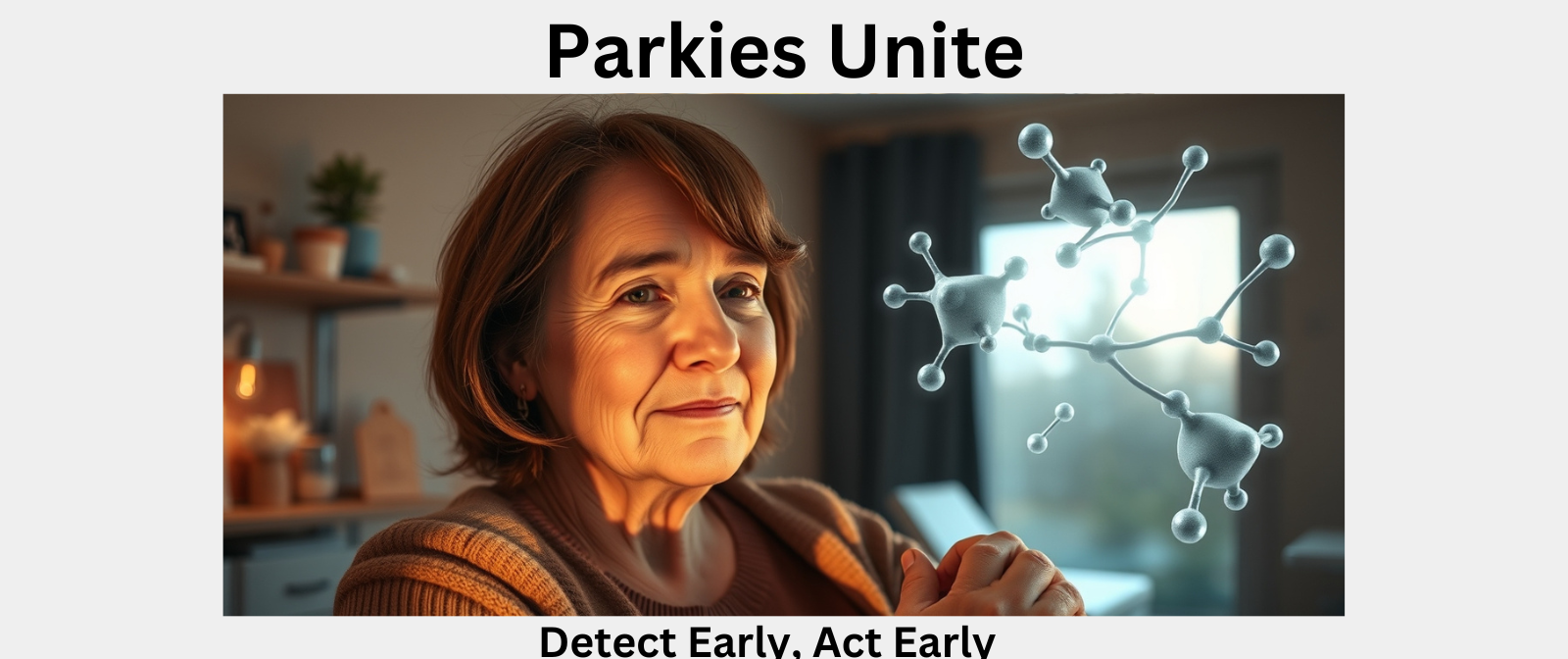Early Detection of Dementia in REM Sleep Disorder Patients

Recent advancements in neuroscience have highlighted the potential of blood biomarkers in predicting the onset of dementia, particularly in individuals diagnosed with idiopathic REM sleep behavior disorder (iRBD). This discovery offers a promising avenue for early intervention, personalized treatments, and improved management of neurodegenerative diseases.
Understanding REM Sleep Behavior Disorder (RBD)
RBD is characterized by the loss of normal muscle atonia during REM sleep, leading individuals to physically act out their dreams. This condition is not only disruptive but also serves as a precursor to neurodegenerative diseases such as Parkinson’s disease (PD) and dementia with Lewy bodies (DLB). Studies indicate that a significant percentage of patients with RBD eventually develop these conditions, making early detection and monitoring crucial.
The Role of Blood Biomarkers in Predicting Dementia
A groundbreaking study conducted by researchers at McGill University and published in the journal Brain investigated the efficacy of blood biomarkers in predicting the conversion of iRBD to dementia. The study focused on two primary biomarkers:
- Amyloid-Beta 42/40 Ratio: A decreased ratio is indicative of amyloid plaque accumulation, a hallmark of Alzheimer’s disease.
- Phosphorylated Tau (p-Tau 181): Elevated levels are associated with tau tangles, another characteristic of Alzheimer’s pathology.
The study followed 144 adults with iRBD over approximately three years. Findings revealed that individuals who developed DLB had significantly lower amyloid-beta 42/40 ratios and higher p-Tau 181 levels compared to those who did not progress to a neurodegenerative disease.
Implications for Early Intervention
The ability to predict the onset of dementia through a simple blood test has profound implications for medical research and patient care:
- Timely Therapeutic Strategies: Early detection allows for the implementation of interventions that may slow disease progression, such as lifestyle modifications, cognitive therapies, or pharmacological treatments.
- Personalized Medicine: Identifying at-risk individuals enables tailored treatment plans, incorporating precision medicine strategies to improve patient outcomes.
- Enhanced Monitoring: Regular assessments can be scheduled for those identified as high-risk, facilitating early medical intervention and proactive care strategies.
Future Directions
While these findings are promising, further research is essential to validate the use of these biomarkers across diverse populations and integrate such testing into routine clinical practice. Additionally, exploring the efficacy of Alzheimer’s treatments in patients with iRBD could open new therapeutic avenues. Future studies should also investigate how these biomarkers correlate with other neurodegenerative conditions and whether additional indicators can further refine risk assessment.
Conclusion
The intersection of sleep disorders and neurodegenerative diseases underscores the importance of comprehensive research and early detection strategies. Blood biomarkers offer a non-invasive, cost-effective method to identify individuals at heightened risk for dementia, paving the way for proactive management and improved patient outcomes. By leveraging this knowledge, healthcare providers and researchers can work toward slowing disease progression and improving quality of life for affected individuals.
AI-generated medical infographics on Parkinson’s symptoms, treatment advances, and research findings; I hope you found this blog post informative and interesting. www.parkiesunite.com by Parkie
Image Prompt:
“A middle-aged individual undergoing a blood test in a modern clinical setting, with a holographic overlay depicting amyloid-beta and tau protein structures, symbolizing early detection of neurodegenerative risks.”
Taglines:
- “Detect Early, Act Early”
- “Biomarkers: The Future of Diagnosis”
- “Transforming Sleep Insights”
Negative Prompt:
“Malformed limbs, extra limbs, mutated hands, disfigured face, bad anatomy, malformed hands, text, lettering, captions, generating images with text overlays.”
SEO Keywords:
REM sleep behavior disorder, blood biomarkers, dementia prediction, amyloid-beta, phosphorylated tau